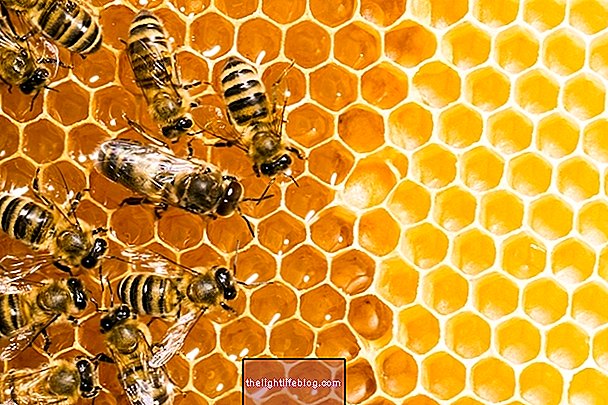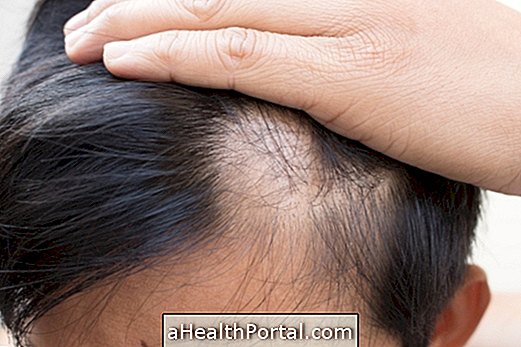To avoid skin cancer, it is critical not to stand directly in the sun and wear sunscreen, proper clothing, hat and sunglasses. In addition it is important to wear gloves whenever using cleansers because they may contain chemicals, which irritate the skin, increasing the risk of cancer.
Generally, skin cancer is more common in people with skin, hair and light eyes, but it can appear on any skin type, and it is therefore important to be aware of the symptom such as a rise in sign or pain and skin sores which take more than 1 month to heal.
Some important recommendations to avoid the development of skin cancer include:
1. Protect the skin from the sun
To protect your skin properly, you should avoid sun exposure in the hottest times of the day, especially in the summer between 11am and 4pm, trying to stay in the shade whenever possible, choosing to stay in cotton or canvas stalls that absorb 50 % of ultraviolet radiation.
In addition, it is important to:
- Wear wide-brimmed hat;
- Wear non-white or black cotton t-shirts or sun-protective clothing with the symbol FPU 50+ on the label;
- Wear sunglasses with UV protection purchased from specialized opticians.
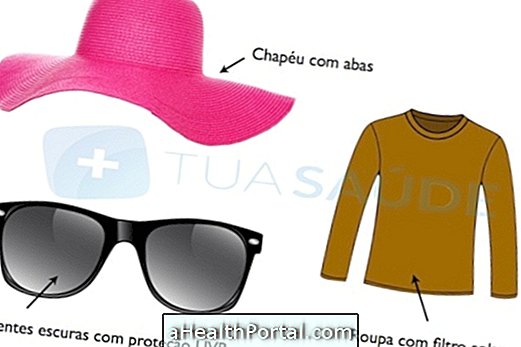
These tips should be kept both on the beach, as in the pool and in any kind of outdoor exposure, such as in agriculture or in the practice of physical activity in the garden, for example.
2. Wear sunscreen all year round
Sunscreen should be applied daily against UVA and UVB rays with a factor of at least 15, applying the product to the whole body, including the face, feet, hands, ears and neck, reapply every 2 hours or after going to water, because its protection decreases.
Here's the most recommended sunscreen for your skin type:
| Factor of sunscreen | Type of skin | Description of skin type |
| FPS between 30 and 60 | White or very white skin | She has freckles on her face, light eyes and light or red hair, and the skin burns very easily and never gets tanned, turning reddish when exposed to the sun. |
| FPS between 20 and 30 | Light brown skin to the mulatto | The skin is light brown, light brown, dark or black hair. The skin sometimes burns, though, it also tan. |
| FPS between 6 and 15 |
Black skin | The skin is very dark, rarely burns and tans very much, even if the tan is not very visible. |
In winter it is also important to apply the sunscreen because even when the weather is cloudy UV radiation crosses the clouds and negatively affects unprotected skin.
3. Watch the skin once a month
You should observe the skin at least once a month, looking for spots, signs or spots that have changed color, have irregular borders, various colors or have increased in size. Here are the signs of skin cancer that you should evaluate at home.
In addition, it is important to consult a dermatologist once a year to do a thorough skin examination and detect early changes.
4. Do not do tanning
Using tanning chambers increases the chances of getting skin cancer because although the skin gets browner quickly, intense exposure to UVB and UVA increases the chances of skin cell changes happening. Using sunscreen on the lips and protecting the skin by putting band-aid on the signs, tattoos and scars may not be enough.

Who has the highest risk of getting skin cancer?
The chances of developing skin cancer are greater in people who:
- They have white skin, freckles, hair and light eyes;
- Have a history of a father, mother or grandmother with skin cancer;
- They are easily burned from the sun with burns and never brown;
- They have many spots or spots on the skin;
- They have professions with high sun exposure as fishermen or farmers.
Thus, the clearer the skin tone, the greater the chance of developing skin cancer and, in the event of any suspicious changes, the dermatologist should be consulted as soon as possible to make the diagnosis early, initiating treatment and chances of cure.

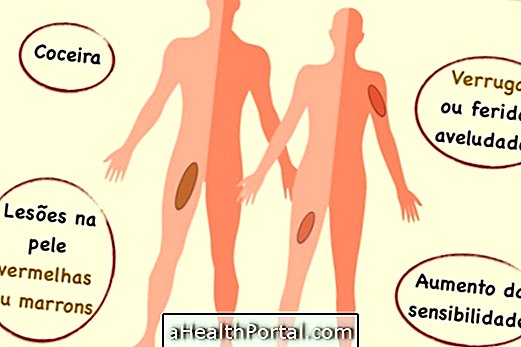
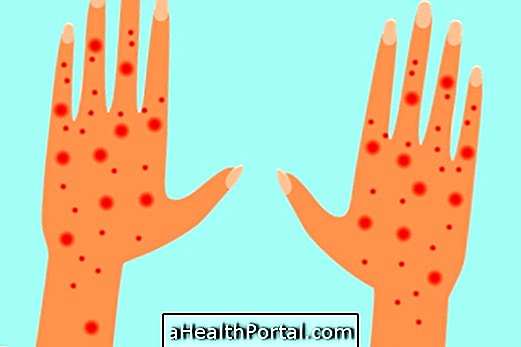
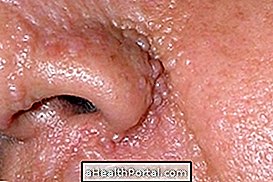

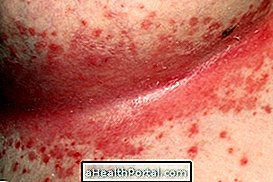



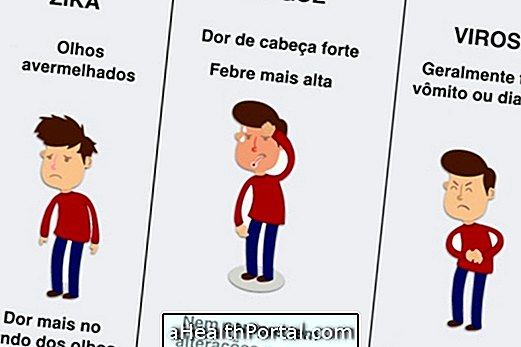


-o-que--sintomas-e-tratamento.jpg)


